Understanding 360 Degree Rotary Encoders
A 360 degree rotary encoder is a pivotal component in modern automation and control systems. This device primarily functions to provide feedback on the angular position of a rotating shaft, translating mechanical motion into an electrical signal. It's essential in applications where precision and accuracy in the detection of shaft movement are critical.
Types and Applications
There are two main types of rotary encoders: incremental and absolute. Incremental encoders offer output signals in response to a movement, which is ideal for speed tracking. In contrast, absolute encoders provide a unique position value from the moment they are switched on, making them suitable for applications where a complete position must be known immediately.
Their applications are diverse, ranging from industrial machinery, such as CNC machines and robotics, to consumer electronics like inkjet printers. They are also integral in the development of smart systems and the Internet of Things (IoT), where precise movement tracking is necessary.
Features and Materials
The construction of a rotary encoder involves various materials, including metals and plastics, ensuring durability and reliability. Features may include high-resolution output, robustness against environmental factors, and compatibility with various digital interfaces. These encoders are designed to operate efficiently across a broad spectrum of temperatures and conditions.
Advantages of Rotary Encoders
The advantages of using a 360 degree encoder are manifold. They provide high precision in control systems, are adaptable to a wide range of industrial environments, and enhance the functionality of automated processes. Their use in feedback systems contributes to the accuracy and efficiency of motion control, which is indispensable in high-precision industries.
Selection Considerations
When selecting a rotary position encoder, it is crucial to consider the required resolution, output type, and environmental resistance. The choice between incremental and absolute encoders will depend on the specific needs of the application, such as the necessity for position retention after power loss.
For those integrating encoders into complex systems, it is essential to consider the compatibility with existing digital protocols and mechanical interfaces. The selection of a suitable encoder can significantly impact the performance and reliability of the overall system.
Integration and Availability
Integrating a rotary motion encoder into a system requires careful consideration of the electrical and mechanical specifications. Suppliers on Alibaba.com offer a wide range of encoders to fit various applications and system requirements. With a comprehensive collection of encoders, the platform facilitates the sourcing of components that meet the specific needs of both large-scale and small-scale projects.
Availability is a key factor for maintaining continuous operation in industrial settings. The platform ensures that a variety of encoders are readily available to keep systems running smoothly without significant downtime.
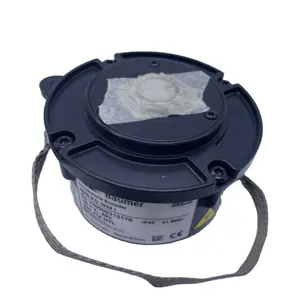


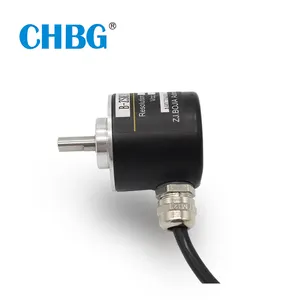

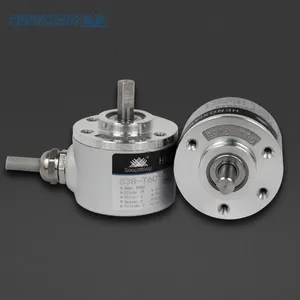




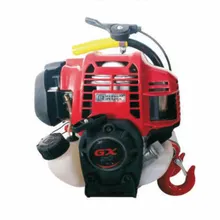

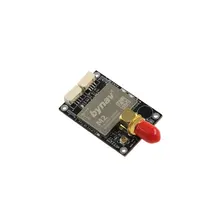



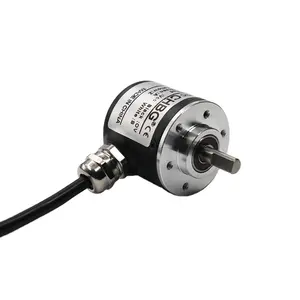


























 浙公网安备 33010002000092号
浙公网安备 33010002000092号 浙B2-20120091-4
浙B2-20120091-4